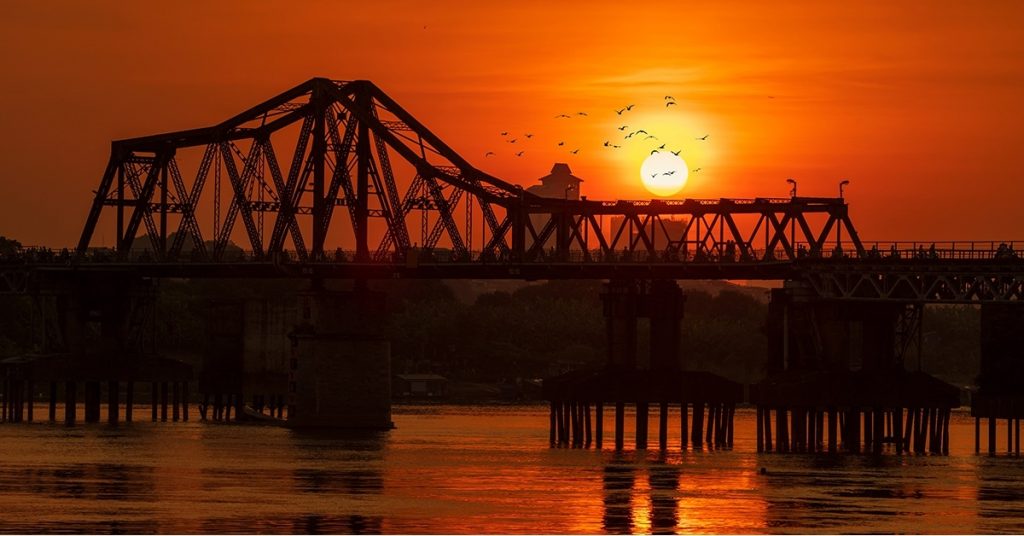As Hanoi, the bustling capital city of Vietnam, continues to thrive and evolve, one district that stands out for its historical significance and vibrant atmosphere is Long Bien.
Located on the eastern bank of the Red River, Long Bien District holds a rich cultural heritage, charming neighborhoods, and a plethora of attractions that beckon both locals and tourists alike. In this article, we will delve into the captivating essence of Long Bien District in Hanoi, exploring its highlights and the experiences it offers in 2024.
Let’s explore the fascinating things in Long Bien District together with TripWorldwide.
More: About Bac Tu Liem District in Ha Noi 2024
Long Bien District | About Long Bien: Map, postal codes, Tourist, History Update 11/03/2025
History of Long Bien District Update 11/03/2025
Long Bien District today is honored to bear a name that originated from the time of the Ly Dynasty (recorded in the “Dai Nam Nhat Thong Chi”) as the “Land of the Dragon of Long Bien.” It is the meeting point of two major rivers: the Cai River (Red River) and the Duong River (Thien Duc), located in the middle of the Red River Delta.
Contrary to historical records, during the period of the formation of civilized society, numerous significant traces of settlement and participation in nation-building can be found on the ancient land of Long Bien, dating back to the Hung Kings era and Dong Son Culture.
From the depths of the land in Long Bien, a series of artifacts made of bronze, baked clay, and other materials were discovered in Gia Lam Town (Ngoc Lam, Bo De), as well as copper tools and weapons buried in ancient tombs in Thach Ban.

The land of Long Bien takes pride in the distinguished name of the Vietnamese nobleman Viet Quoc Cong Ly Thuong Kiet. He was originally from Co Xa Ward and later moved to the northern bank of the Red River (now part of Ngoc Thuy Ward).
His remarkable achievements on the Nhu Nguyet River and his success in fighting against the Song Dynasty have illuminated the history of Vietnam’s resistance against foreign invasions. His mythical poem is considered the nation’s first declaration of independence.
Numerous historical and cultural relics, both tangible and intangible, with great historical and humanistic value, are preserved and cherished by the local people associated with historical figures who have become village deities.
Among them, the ancient village of Tu Dinh (now in Long Bien Ward) has a long-standing history, dating back nearly 2,000 years. It is currently known as the resting place of the esteemed General Thanh Cong Tuong Liet.
After participating in the expulsion of the Northern invaders, he was granted land by the Trung Sisters. When passing through Co Linh, he was captivated by the beautiful scenery and the hardworking people, so General Thanh Cong decided to stay in Co Linh and build his living shrine (Sinh Tu) in Tu Dinh village.
Later, he sacrificed his life in the battle against the Han invaders, and all five hamlets in Co Linh commune worshiped him as the local deity, Thanh Hoang Ban Tho.
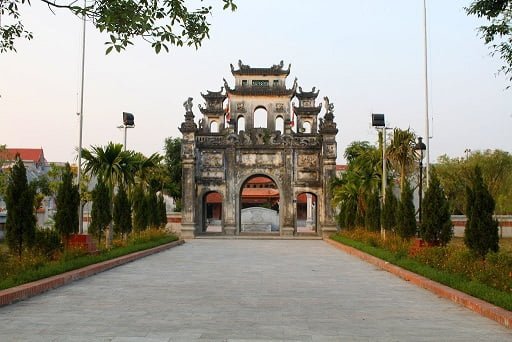
Geographical Location Update 11/03/2025
Long Bien District is the largest administrative unit in terms of natural area in the capital city of Hanoi, with an approximate area of 61 square kilometers. It serves as the gateway to the northeast of the city and is experiencing rapid economic growth and investment.
The district boasts three major transportation arteries of Hanoi, including National Highway 1A, National Highway 1B, and National Highway 5. These roads play a crucial role in connecting the three major economic regions in the northern part of Vietnam: Hanoi, Hai Phong, and Quang Ninh. As of 2019, the total population of Long Bien District was 322,549 people, with a population density of 5,392 people per square kilometer.
Long Bien District is bordered as follows:
- To the East and South, it borders Gia Lam District and the new National Highway 1A.
- To the West, it borders Tay Ho District, Ba Dinh District, Hoan Kiem District, and Hai Ba Trung District.
- To the Southwest, it borders Hoang Mai District, with the boundary being the Red River.
- To the North, it borders Dong Anh District, with the boundary being the Duong River.
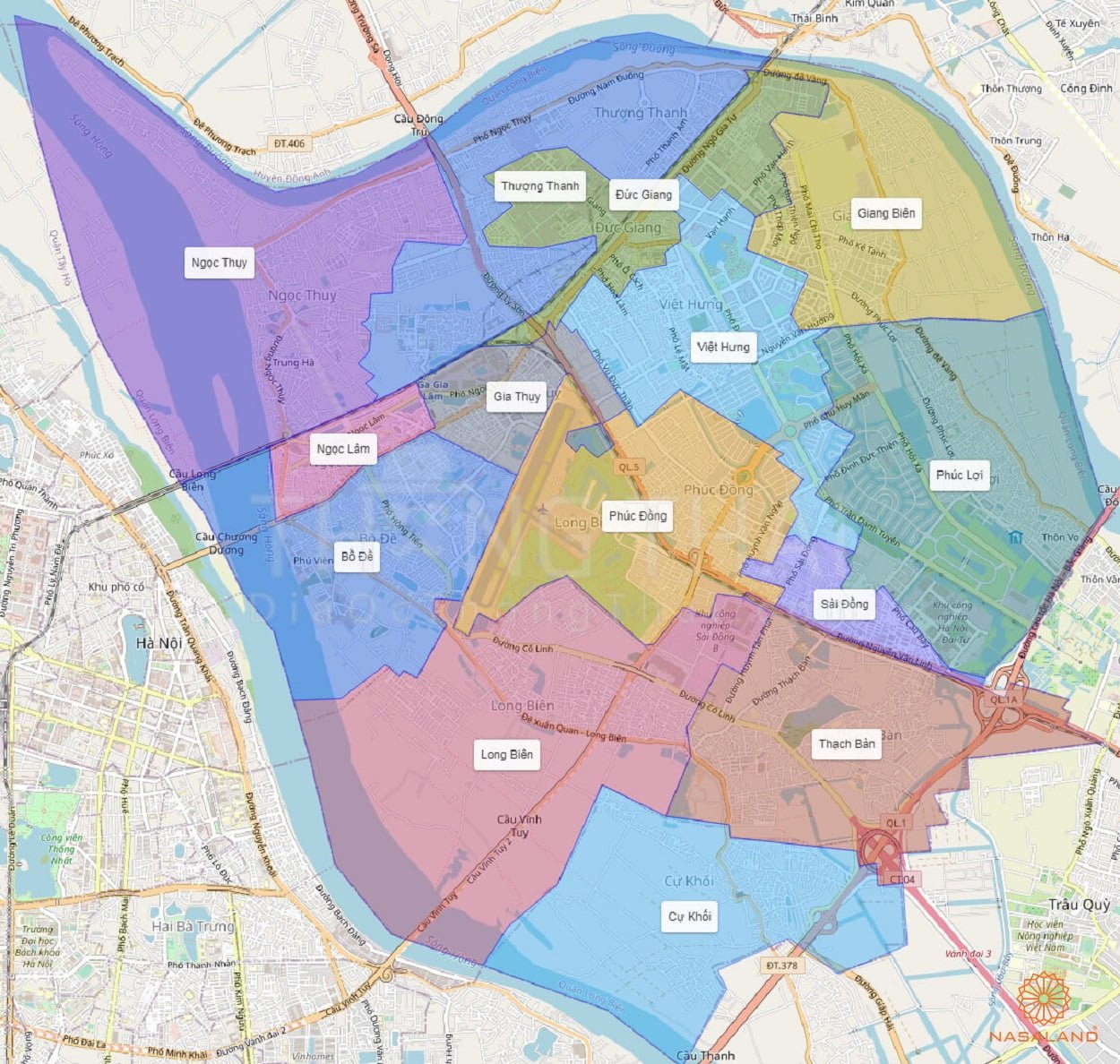
Administrative Divisions Update 11/03/2025
Long Bien District is a district under the administration of Hanoi City. Long Bien District comprises 14 administrative units, including 14 wards.
- Establish the Gia Thuy Ward based on the natural area of 77.68 hectares and a population of 7,207 from Gia Lam Town, and the natural area of 42.64 hectares and a population of 2,514 from Gia Thuy Commune. Gia Thuy Ward has a total area of 120.32 hectares and a population of 9,721.
- Establish the Ngoc Lam Ward based on the natural area of 83.04 hectares and a population of 19,604 from Gia Lam Town, and the natural area of 30 hectares from Bo De Commune. Ngoc Lam Ward has a total area of 113.04 hectares and a population of 19,604.
- Establish the Bo De Ward based on the natural area of 379.92 hectares and a population of 9,888 from Bo De Commune, and a population of 6,271 from Gia Lam Town. Bo De Ward has a total area of 379.92 hectares and a population of 16,159.
- Establish the Phuc Dong Ward based on the natural area of 494.76 hectares and a population of 6,994 from Gia Thuy Commune.
- Establish the Phuc Loi Ward based on the entire natural area of 619.69 hectares and a population of 7,820 from Hoi Xa Commune.
- Establish the Thuong Thanh Ward based on the entire natural area of 488.09 hectares and a population of 13,153 from Thuong Thanh Commune.
- Establish the Giang Bien Ward based on the entire natural area of 471.40 hectares and a population of 4,600 from Giang Bien Commune.
- Establish the Ngoc Thuy Ward based on the entire natural area of 898.99 hectares and a population of 18,568 from Ngoc Thuy Commune.
- Establish the Viet Hung Ward based on the entire natural area of 383.44 hectares and a population of 7,884 from Viet Hung Commune.
- Establish the Long Bien Ward based on the entire natural area of 723.13 hectares and a population of 9,455 from Long Bien Commune.
- Establish the Thach Ban Ward based on the entire natural area of 527.21 hectares and a population of 11,300 from Thach Ban Commune.
- Establish the Cu Khoi Ward based on the entire natural area of 486.94 hectares and a population of 5,652 from Cu Khoi Commune.
- Establish the Duc Giang Ward based on the entire natural area of 240.64 hectares and a population of 25,767 from Duc Giang Town.
- Establish the Sai Dong Ward based on the entire natural area of 90.67 hectares and a population of 14,029 from Sai Dong Town.
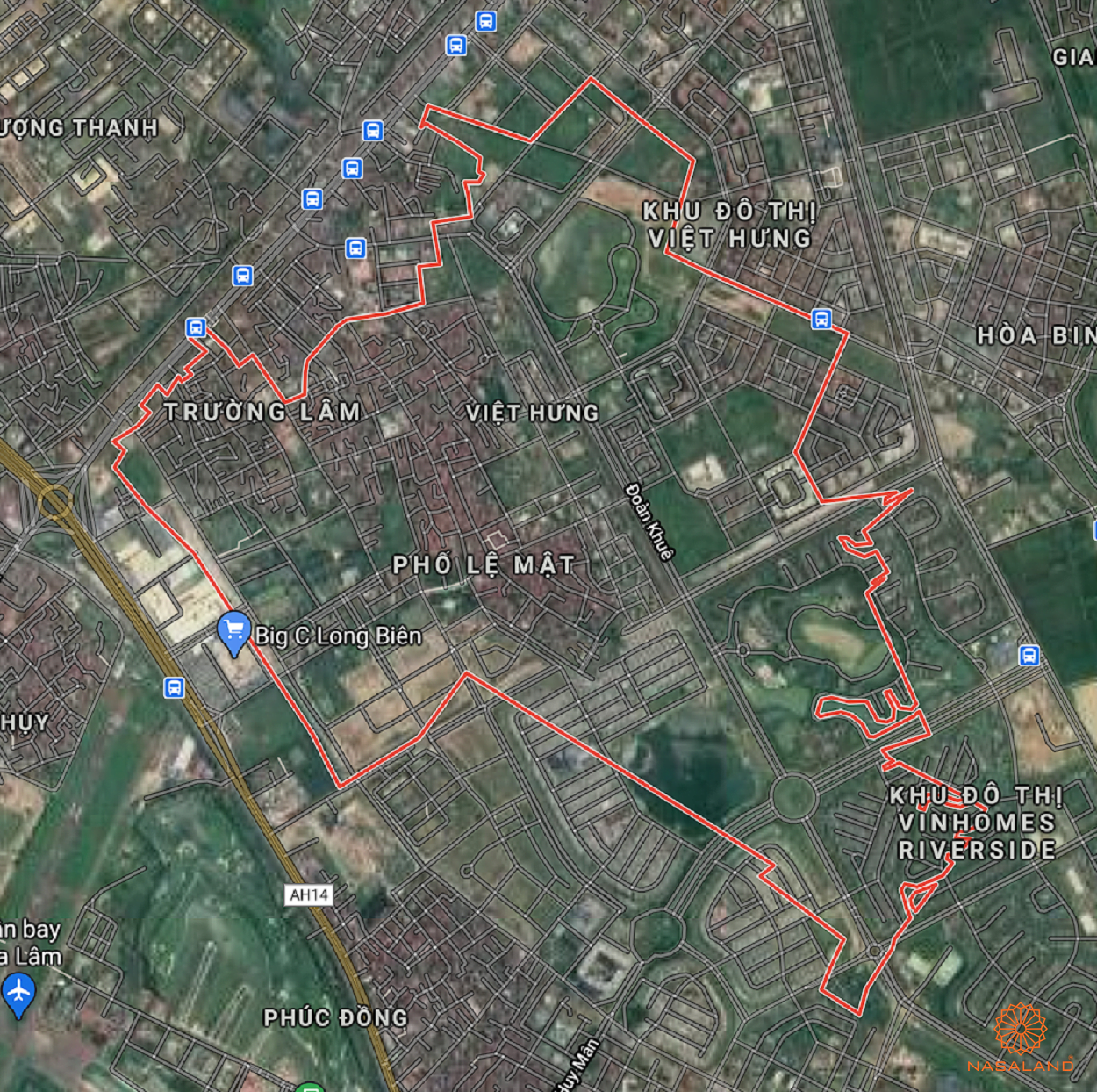
Long Bien district Hanoi Vietnam postal code Update 11/03/2025
- Central Post Office of Long Bien District, Hanoi_postal code 11800
- Long Bien District Party Committee, Hanoi_postal code 11801
- People’s Council of Long Bien District, Hanoi_postal code 11802
- People’s Committee of Long Bien District, Hanoi_postal code 11803
- Vietnam Fatherland Front Committee of Long Bien District, Hanoi_postal code 11804
- Viet Hung Ward, Long Bien District, Hanoi_postal code 11806
- Giang Bien Ward, Long Bien District, Hanoi_postal code 11807
- Thuong Thanh Ward, Long Bien District, Hanoi_postal code 11808
- Duc Giang Ward, Long Bien District, Hanoi_postal code 11809
- Ngoc Thuy Ward, Long Bien District, Hanoi_postal code 11810
- Ngoc Lam Ward, Long Bien District, Hanoi_postal code 11811
- Gia Thuy Ward, Long Bien District, Hanoi_postal code 11812
- Bo De Ward, Long Bien District, Hanoi_postal code 11813
- Long Bien Ward, Long Bien District, Hanoi_postal code 11814
- Cu Khoi Ward, Long Bien District, Hanoi_postal code 11815
- Thach Ban Ward, Long Bien District, Hanoi_postal code 11816
- Phuc Loi Ward, Long Bien District, Hanoi_postal code 11817
- Sai Dong Ward, Long Bien District, Hanoi_postal code 11818
- Phuc Dong Ward, Long Bien District, Hanoi_postal code 11819
- Long Bien Distribution Post Office, Long Bien District, Hanoi_postal code 11850
- KHL Center 5 Post Office, Long Bien District, Hanoi_postal code 11851
- Duc Giang Post Office, Long Bien District, Hanoi_postal code 11852
- Ngo Gia Tu Post Office, Long Bien District, Hanoi_postal code 11853
- Long Bien Post Office, Long Bien District, Hanoi_postal code 11854
- Nguyen Van Cu Post Office, Long Bien District, Hanoi_postal code 11855
- Sai Dong Post Office, Long Bien District, Hanoi_postal code 11856
Exploring Long Bien District Update 11/03/2025
Architecture in Long Bien District
This district has urban construction plans based on the experiences of other districts to promote urbanization in the future. Currently, the district is being synchronized in terms of transportation, roads, and urban projects in a systematic manner.
The residential areas here are close to the environment, friendly to people, and aim for sustainable development.
There are green and clean urban areas, ideal places to settle down, such as Vinhomes Riverside Urban Area, which consists of classical-style villas connected by a green architectural system with pristine rivers and trees along the villa area.
Another example is the Berriver Long Bien Urban Area in Bo De Ward and the Viet Hung Urban Area in Duc Giang Ward.
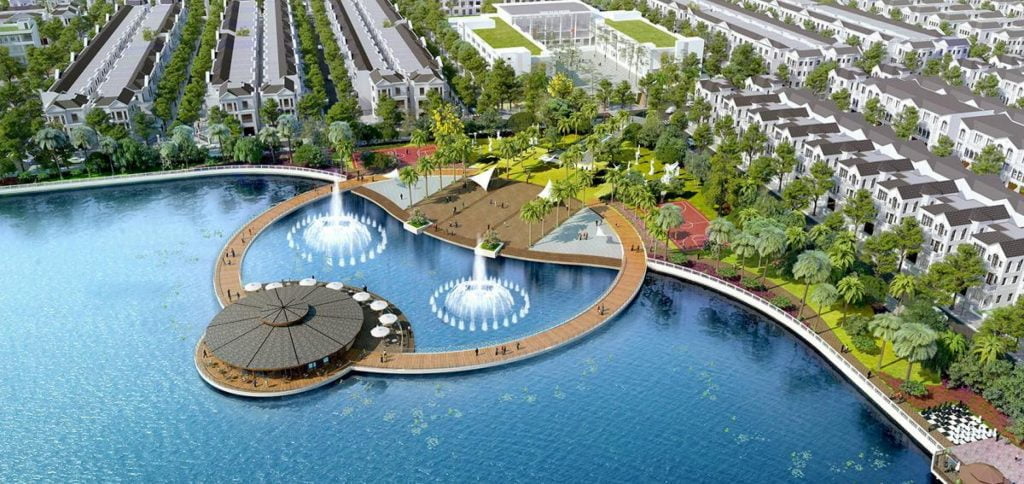
There are monumental structures like the Long Bien Bridge, which serves as the boundary between Hoan Kiem District and Long Bien District. The bridge, built in the 19th century, has witnessed the ups and downs of Hanoi’s history, from the flames of war to the present days. It stands as a historic landmark, a legendary bridge that is always an ideal spot for photography and a famous tourist attraction.
The natural conditions of the area are highly favorable, with the advantage of being near two major rivers, the Red River and the Duong River. Over time, the area has developed ancient village architectural features, which are still preserved today.
Influenced by temple and pagoda architecture, some notable structures include the Tran Vu Temple located in Thach Ban Ward, right next to the Red River. It was built in the 15th century and underwent renovations in subsequent centuries, including during the Nguyen Dynasty. The temple is dedicated to the sacred deity Huyen Thien Tran Vu.
Another example is the Tu Dinh Pagoda, situated within the dikes of the Red River, approximately 100 meters away. It was built on elevated land.
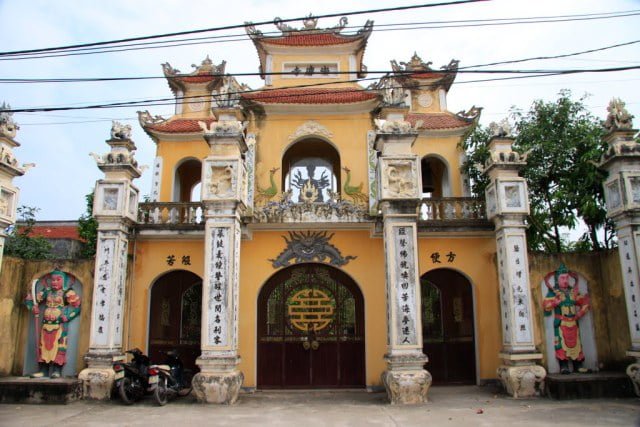
The main architectural elements include the Three Entrance Gate, the Main Tower, the Ancestral House, and the Three Treasures. The Three Treasures structure is in the shape of the Vietnamese character “Đinh” and consists of the Front Hall, the Bridge House, and the Upper Palace. The pagoda preserves valuable steles, precious horizontal lacquered boards, and sculptures.
Long Bien bridge
Long Bien Bridge is a “witness of history” closely associated with the many historical events and memorable moments of the people of Hanoi in particular, and the people of Vietnam in general. One lesser-known fact about this bridge is that it was once the second longest bridge in the world when completed in 1902.
After over 100 years, carrying the weight of numerous historical events, the bridge has been falling into oblivion. It is time to treat Long Bien Bridge as a cultural heritage rather than just a means of transportation.

Hanoi carries the beauty of a thousand years of civilized history, where culture converges and the nation’s civilization crystallizes. Hanoi is also the birthplace of many forms of folk culture, the homeland of national heroes, and a gathering place for nationally recognized tangible and intangible cultural heritage.
Along with the Temple of Literature, the One Pillar Pagoda, and Ngoc Son Temple, one of the distinctive and unique images that cannot be overlooked when mentioning Hanoi is the Long Bien Bridge – a bridge often compared to the “Eiffel Tower lying horizontally” spanning the Red River.

Long Bien District Cuisine Update 11/03/2025
With the advantage of being close to nature, many delicious ecological restaurants have emerged in Long Bien District, such as the Xuan Que Fishing Restaurant located in Ngoc Thuy, the Song Hong Culinary Culture Village, and the East Sea Ecotourism Area in Giang Bien Ward.

There are also foreign chain restaurants in the area, such as Hàn Buk buk located on the 3rd floor of Savico Mega Mall Long Bien at 7-9 Nguyen Van Linh Street. Yoogane Chicken Galbi restaurant specializes in famous Korean chicken and is located in Aeon Mall Long Bien.
The famous Steak Way restaurant offers a variety of Australian, American, and Vietnamese-style steaks, as well as tempting Thai and Hong Kong hot pot dishes. Another option is ThaiExpress, known for its authentic Thai cuisine.
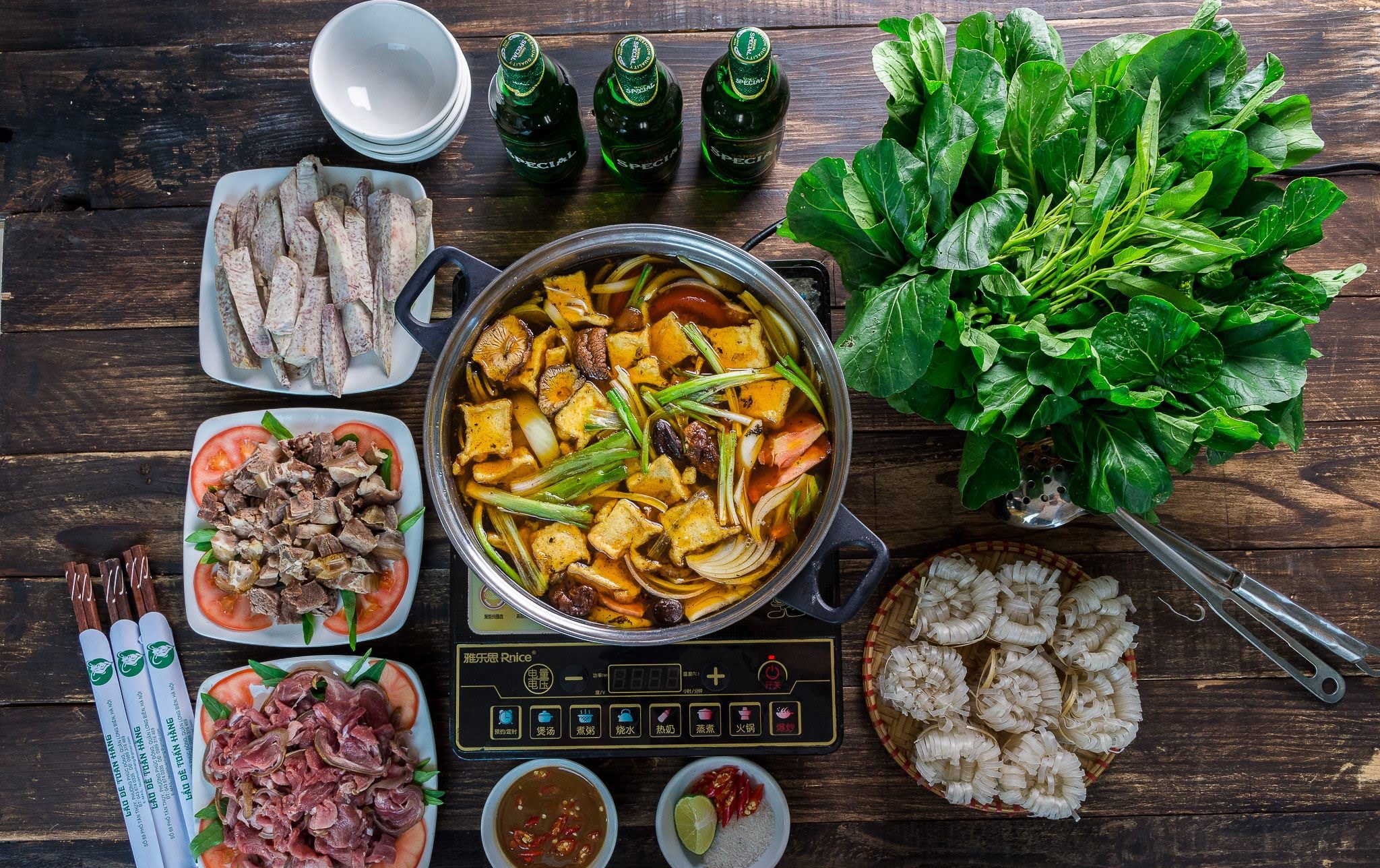
There are also affordable eateries that offer tasty food, such as:
- Seoul Capital’s Spicy Sweet Potato Noodles with 7 levels of spiciness at 52A Ngoc Lam, Long Bien.
- Xoi Hong’s Mixed Sticky Rice at 160 Ngoc Lam, Long Bien;
- Assorted Sushi Set at Aeon Mall, Long Bien;
- Chicken Stir-Fried Noodles at Ga Thang Xoan at 158 Ngoc Lam, Long Bien;
- Spicy Seafood Stew Noodles at Mi Nieu Cay at 5 Alley 189 Nguyen Van Cu, Long Bien;
- Vermicelli with Minced Pork at My Hanh at 211 Ngoc Lam, Long Bien;
- Kimchi Cheese Fried Rice at Yoogane Chicken Galbi, Aeon Mall, Co Linh, Long Bien;
- Grilled Beef at 368 Ngoc Lam, Long Bien;
- Minced Meat Rice Cakes at Banh Duc Nong Co Xuyen, May 10 Market, Long Bien;
- Matcha Roll Cake at Aeon Bakery, Aeon Mall, Long Bien;
- Grilled Beef Sandwich at Banh Mi Sieu Dau Bep Minh Nhat at 187 Nguyen Van Cu, Long Bien;
- Pan-Fried Pancake at Banh Mi Chao Bon Bon, 462 Ngoc Lam, Long Bien…
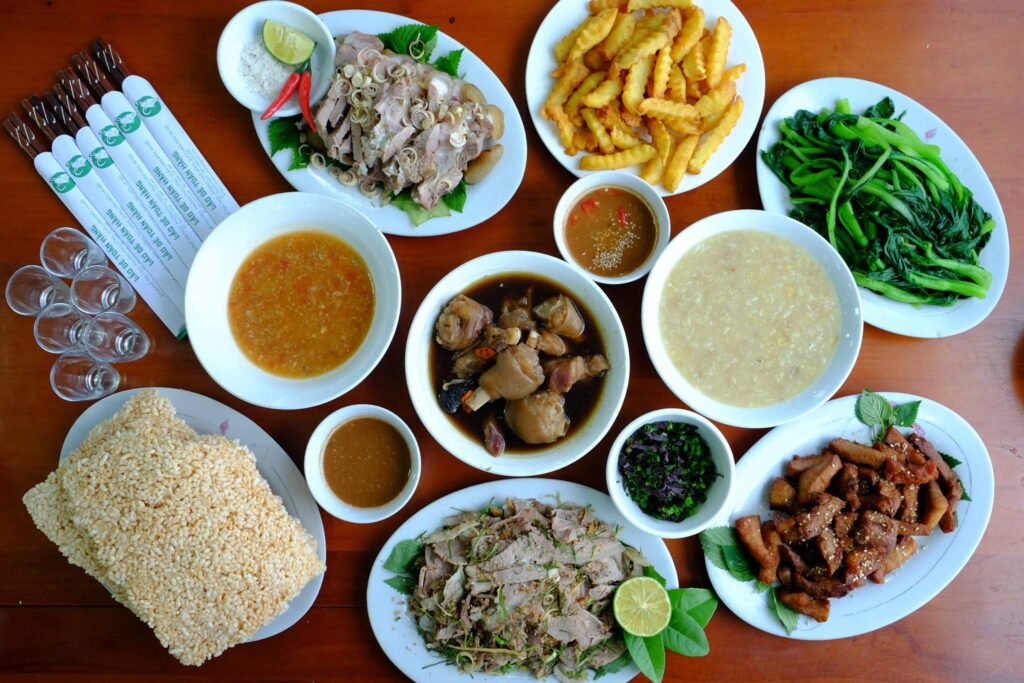
Experience the allure of Long Bien District Update 11/03/2025
Long Bien is a newly established district formed by separating a portion of the natural land and population from Gia Lam district. It is located between the left bank of the Red River and the right bank of the Duong River.
From an administrative geographical perspective, it is a new district, but in terms of historical and cultural significance, the name Long Bien holds great renown, intertwined with numerous historical figures and events dating back to the time of the Trung Sisters. Long Bien is considered a land of extraordinary individuals.
This region bears the imprint related to King Ly Nam De, a heroic figure who successfully fought against the invading Luong army and established the Van Xuan state.
He is regarded as the first to show an inclination towards establishing the capital in Thang Long, exemplified by the construction of Khai Quoc Pagoda.
Long Bien District, located in Hanoi, Vietnam, offers a captivating experience for both locals and visitors alike. With its vibrant culture, stunning architecture, and delectable cuisine, this district has become a must-visit destination.

